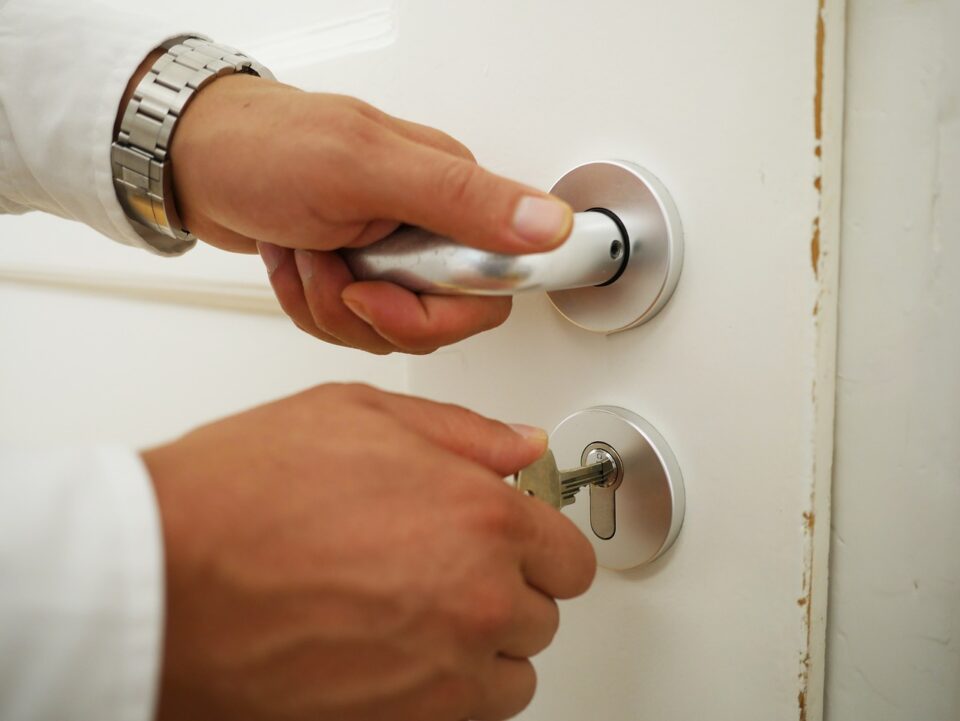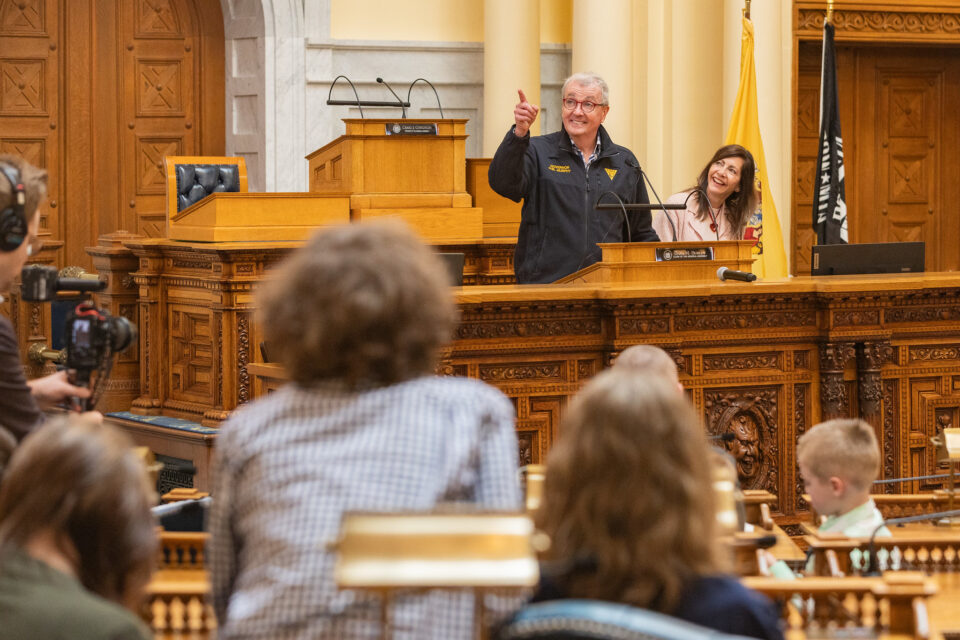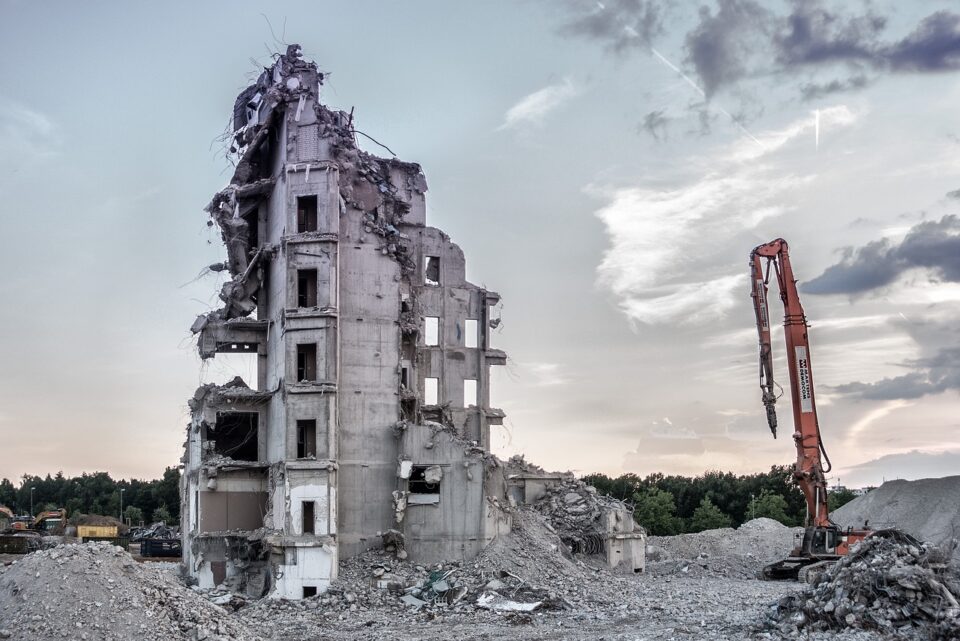
New Bill Would Ban Disposable Utensils in Schools
March 28, 2023
NJ Public Education Coalition Demands Murphy Administration Force Districts To Fully Implement New Health Education Standards.
March 29, 2023What Are New Jersey’s ‘Hidden Education Funding Cuts’ And How Do We Make the Math Work?
Back in 2018 the New Jersey School Boards Association predicted the Murphy Administration’s new school funding law called S2, which limits property tax increases to 2%, had not been properly thought out. While of course it was important to allocate more state school aid to under-funded districts and take away money from over-funded ones, NJSBA explained, they “remain concerned about those districts which lost funding and are on track for continued aid decreases” because those districts won’t be able to make up the difference with S2’s tight cap on tax hikes.
Five years later, here we are. Add in our “hidden education funding cuts” (read on) and the entire New Jersey school funding apparatus is on shaky fiscal ground. Right now 150 school districts are up in arms about lower allocations, which have forced school leaders to make substantial cuts. In response, ten days ago the State Legislature fast-tracked a bill that restores $103 million in state aid. (Some of those legislators are facing elections next year.)
But that quick-fix won’t do the trick. To wit, yesterday the NJ Monitor reported that school officials representing 150 districts, about one-quarter of all districts in the state, have asked the State Assembly Budget Committee to “temporarily loosen” that 2% cap on local property tax increases in order to raise their revenue. If they’re not given that flexibility, they say, students will pay the price as that loss in revenue makes its way into classrooms. Lisa Rodgers, president of South Brunswick’s school board, explains the district’s aid cuts are too steep to be made up by property tax hikes. “Lift the 2% cap so that districts that are currently underfunded can obtain that money. That’s a short-term fix, not a long-term fix.”
Rodgers is right. Our current school funding scheme called the School Funding Reform Act, or SFRA, is unsustainable. Even if the Legislature amends SFRA or eliminates S2, districts are in trouble, especially when federal Covid stimulus money runs out in 2024 and we hit that “fiscal cliff” everyone is talking about. That piddling $103 million bill makes as much difference as daubing bacitracin on a war wound. Add to that our “hidden education cuts” that no one wants to talk about and NJ school funding is in trouble.
And it’s not just us.
According to a new report from Equable Institute, K–12 spending across the country (when adjusted for inflation) has grown 33% since 2001. That seems like a lot until you realize, say the analysts, that “spending on retirement costs for teachers and school employees has grown 220%” during that same time period: U.S. states have amassed $816 billion in pension debts. And since pension costs are rising so fast, even in states where they’ve made cuts to teacher benefits, our increases in education spending are not as high as they appear. Equable calls these illusions “hidden education cuts.”
Chad Aldeman writes in his excellent summary of the report, “teacher pension costs have roughly tripled over the last two decades, rising from $21.8 billion in 2001 to $63.7 billion in 2021,” due to a whole host of factors like people living longer and “overly optimistic investment assumptions.” The result? “While no legislator might have thought they were trading off education funding for pension debt funding, that is what has happened in practice.”
Of course, some states’ hidden costs are lower or higher than others. How is New Jersey doing?
We’re Number 1#: From 2002-2022, New Jersey had a 1765.66% increase in hidden education cuts.
Aldeman:
Kentucky, New Jersey, Connecticut and especially Illinois and Pennsylvania have suffered the largest hidden funding cuts. In these states, education budgets are rising, but pension costs are eating up a larger and larger share of the money
The Equable Institute explains,
If retirement costs are steadily growing as a share of K–12 spending, that is a warning sign. It might be a warning that the total amount of spending on pension debt will be unsustainable in the near future. It might a warning that there is a problem today — both for teachers (because salaries and wages are flat relative to benefit costs, while retirement benefit values aren’t increasing) and for students and their learning potential, particularly those with higher needs.
This is what is happening in New Jersey. The rise in K-12 retirement costs–money, after all, is fungible—affects state school aid distributions, and that problem is not going away, no matter how much we crow about full pension payments. John Reitmeyer of NJ Spotlight writes, “the state’s actuaries have projected it will take several decades — and billions of dollars in taxpayer funding — to return the pension system to good health,” even though we already devote 10% of the state annual budget to pension costs and economists are predicting an economic downturn that may forestall full employer pension contributions. The pie is only so big (especially when you add in an inflexible tax cap). If one budget line’s slice gets bigger, the other lines’ slices get smaller.
From the Financial State of the States’ 2022 write-up of New Jersey:
NEW JERSEY moved from 49th to last place in fiscal year 2021 and remained in the bottom five Sinkhole States for the thirteenth year in a row. New Jersey was the only state to experience a decrease in their financial condition. The money needed to pay bills increased by more than $12.5 billion. Like all states, New Jersey’s pension plan assets experienced significant, short-term increases in values, yet the state’s portion of their Net Pension Liability increased because they assumed new pension responsibility from their local governments. This all translates to an individual Taxpayer Burden™ of $58,700 giving New Jersey the distinct dishonor of last place in the Financial State of the States for 2022.
What would be a meaningful fix instead of the band-aid offered by the Legislature? What does the South Brunswick Board of Education president need to serve her student and teacher needs? We have the answer in the final report from the Non-Partisan Pension and Benefit Study Commission, delivered a month before Gov. Murphy was sworn in for his first term: align health care benefits to generous ones in the private sector (“gold plate” Obamacare); use health benefits savings from that realignment to bolster pension funding; grandfather in all current employees to the current pension plan but move new employees to a defined contribution plan (a 401K-type plan).
Sure, that’s going to ruffle some feathers. Yet who has more to lose than young teachers who need a reliable retirement plan and our 1.3 million public school students who have already endured more educational harm than anyone would want for their children?
Are we ready to do the math?





1 Comment
Great information shared.. really enjoyed reading this post thank you author for sharing this post .. appreciated